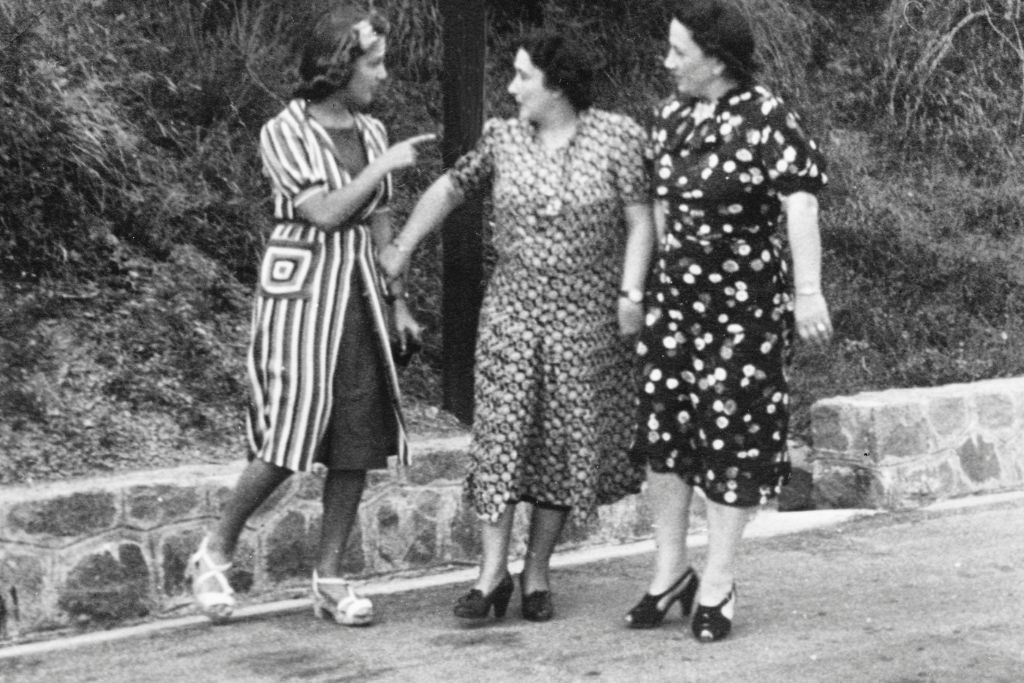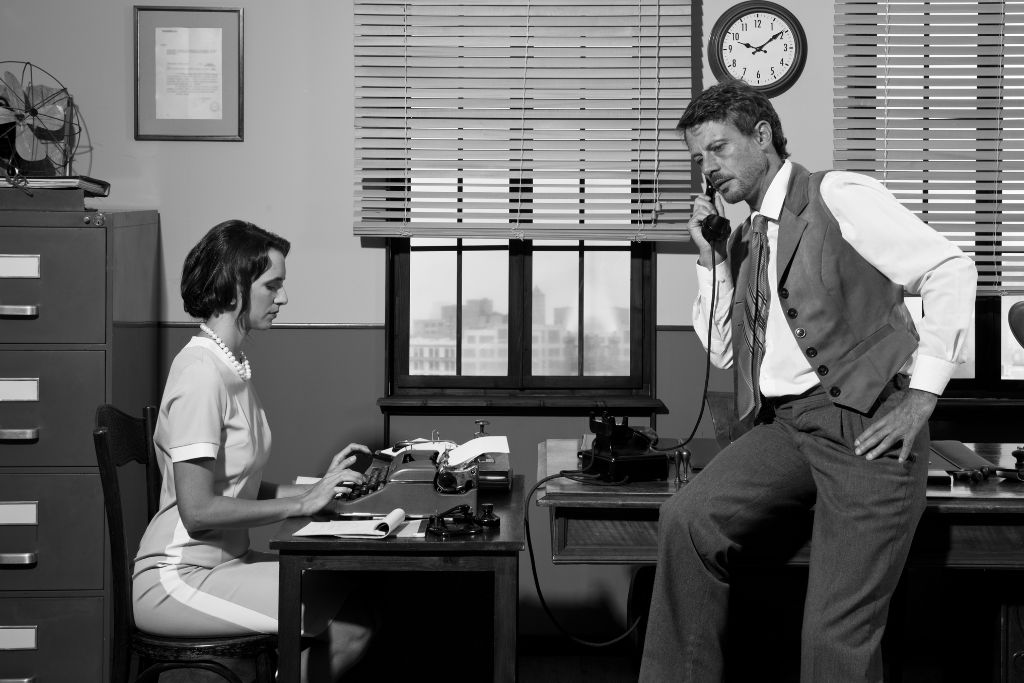Fashion is an important part of American culture. In the early 1800s, fashion in the United States was very different from what it is today. There were no stores like Bergdorf Goodman or Neiman Marcus, and women’s clothing was usually not made available to the public. In fact, most Americans wore their own clothes, either homemade or bought from local traders. This way of living lasted until well into the 20th century. It has been influenced by trends in Europe and other countries throughout history. American women have often modified their clothing to reflect their own unique local and cultural upbringings. This can be seen in the clothing worn by indigenous peoples and enslaved women.
The Industrial Revolution
The Industrial Revolution changed the fashion industry in many ways. It made it possible for people to produce more clothes faster, which helped the industry grow and become a major force in the world.
Before the Industrial Revolution, the clothing industry was largely a craft, involving small shops that offered custom tailoring services to gentlemen. Clothing for the lower orders was typically sewed at home by farm women.

During the Industrial Revolution, however, new factories were built in cities. These factories would spin thread, and later, weave cloth.
Garment manufacturing grew rapidly in the United States during the 19th century, as more and more people moved from rural areas to populate cities. The emergence of the ready-to-wear industry marked the first time that clothes were sold in standard sizes for a price that was affordable to the average person.
The 1920s
During the 1920s, American women felt a sense of freedom and wanted to create their own style. This was reflected in the fashion industry as designers began to experiment with new trends and styles.

This change was especially noticeable in women’s clothing. A major trend was the shift dress. This was a simple day-wear style that dropped to the knees with no waist. It was very popular among flappers, who would bob their hair and wear a cloche hat.
The 1930s
The 1930s were an important time in fashion history. They brought a lot of changes to the industry and were influenced by Hollywood.
During the decade, women’s dresses began to be tailored and streamlined. This was a departure from the more casual styles of the 1920s, and it helped women look more put together.

Hemlines for daytime dresses were typically just above the ankle while evening gowns reached the floor. Women also embraced the natural waist again, compared to the flapper-era look of the 1920s.
World War II
The impact of World War II on the fashion industry in the United States was profound. It ushered in a new silhouette for women, changed the shape of sportswear and created iconic styles of clothing that are still widely worn today.
Clothes rationing was introduced in both the US and the UK during WWII. This influenced the design of civilian clothing and required a pragmatism that could not be ignored by manufacturers.

Despite these restrictions, the United States and Britain began to make progress in their ready-to-wear fashion industries. Designers like Norman Norell and Claire McCardell started to create simple, casual styles that were popular.
In order to conserve fabric, clothes had to be tightened and shortened, as well as dispensed with extra details. Pockets, cuffs and large pleats were banned.
The 1950s
The 1950s were a time of economic growth and new optimism. This inspired women to spend money on more stylish and expensive clothes.
The clothing tended to be a lot more feminine and less utilitarian. This was in contrast to the previous decade when men were often confined to their uniforms and women had to dress more conservatively.

The predominant silhouette made famous by Christian Dior was called the Corolle collection (likening a woman in a skirt to the dainty corolla of flower petals). This style had a tiny waist, a fitted top half with pointed breasts and a full skirt just below the knee.
New York City is a hub for men’s fashion and has been for many decades. From the sleek suits and trench coats of the 1950s to the streetwear-inspired looks of today, the city has played a significant role in shaping men’s fashion trends in the United States. Men’s fashion in NYC is characterized by a blend of classic and contemporary styles, with a focus on quality fabrics, clean lines, and attention to detail. If you’re interested in the history of fashion in the United States, be sure to check out our article, which explores the evolution of fashion from the colonial era to the present day.










No comment